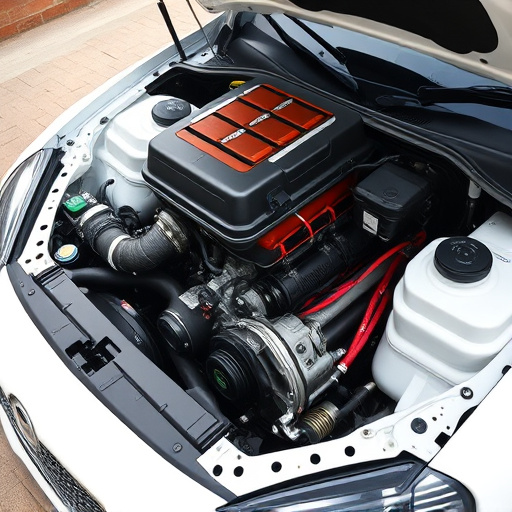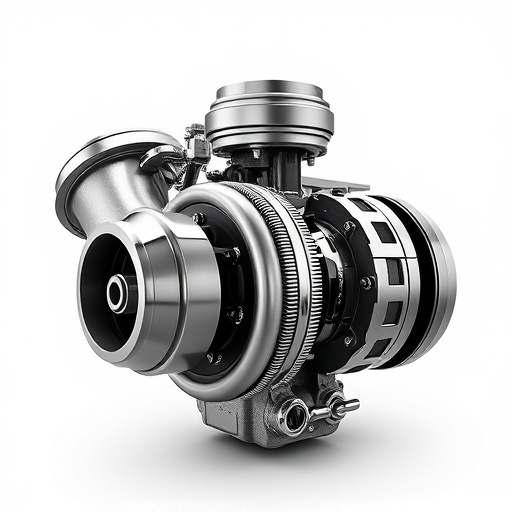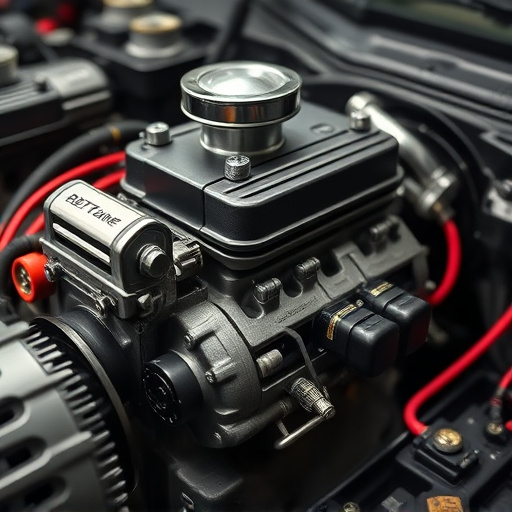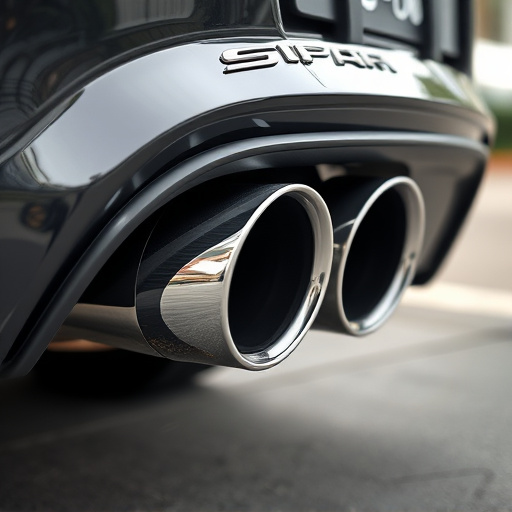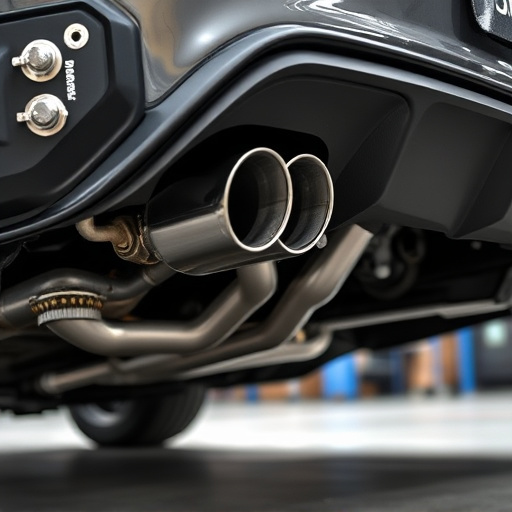The car suspension system, comprising springs, shock absorbers, control arms, ball joints, and bushings, ensures optimal vehicle performance and rider comfort. Regular maintenance, such as inspecting and replacing worn parts, is crucial for safety and handling. Common issues include noises, tire wear patterns, vibrations, and jarring rides, requiring a basic troubleshooting guide or professional mechanic for complex repairs. Upgrading to coilover kits offers enhanced handling through adjustable spring and damping control.
Are you experiencing bumpy rides or handling issues with your vehicle? Understanding your car’s suspension system is key to troubleshooting common problems. This guide aims to empower beginners with knowledge about their vehicle’s backbone—the suspension components and functions. By recognizing common suspension issues, such as wobbly steering or excessive body roll, you can identify symptoms and potential causes. We’ll then walk you through basic DIY solutions, empowering you to tackle simple suspension troubles effectively.
- Understanding Your Car's Suspension System: Components and Basic Functions
- Common Suspension Issues: Identifying Symptoms and Possible Causes
- Troubleshooting Tips and Do-It-Yourself Solutions for Simple Suspension Problems
Understanding Your Car's Suspension System: Components and Basic Functions
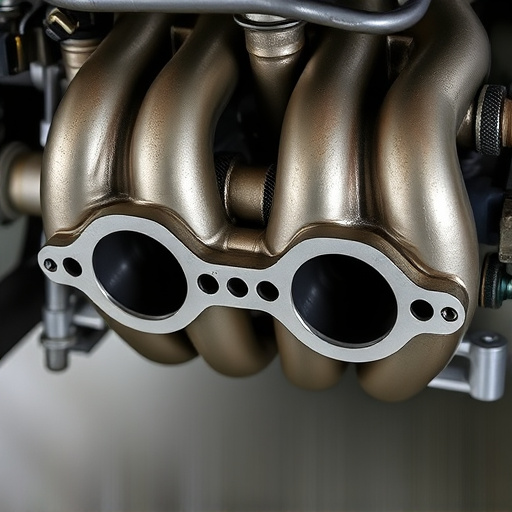
Your car’s suspension system is a complex network designed to ensure optimal vehicle performance and rider comfort. At its core, it consists of several key components working in harmony. These include springs, shock absorbers (also known as struts), control arms, ball joints, and bushings. Springs provide the necessary force to keep your vehicle off the road, while shock absorbers dampen road irregularities, ensuring a smooth ride. Control arms facilitate steering by allowing wheels to rotate independently, and ball joints connect these arms to the vehicle’s chassis. Bushings act as bearings, reducing friction and wear at these joint points.
Understanding how these components interact is crucial for troubleshooting issues. A properly functioning suspension system not only enhances vehicle handling and stability but also contributes significantly to safety. Regular maintenance, such as inspecting and replacing worn parts, can prevent more serious problems. For those interested in fine-tuning their car’s performance, upgrading to coilover kits, which offer adjustable spring and damping control, can provide enhanced handling and an improved driving experience, visible through the vehicle’s reduced body roll during cornering.
Common Suspension Issues: Identifying Symptoms and Possible Causes
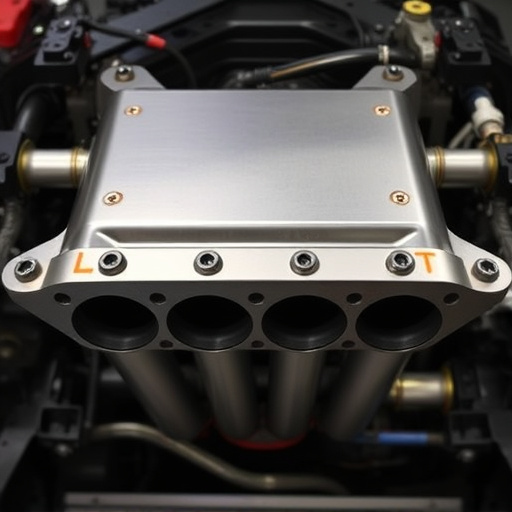
Car suspension systems are vital for ensuring both comfort and safety while driving. Common issues can range from subtle to severe, with various symptoms that can help drivers identify potential problems. One of the first signs might be unusual noise, such as clunking or clicking sounds, often indicating worn out components like ball joints or control arms. Uneven tire wear is another red flag; if your tires are wearing unevenly, particularly on one side, it could point to misaligned wheels or a damaged strut.
Vibrations while driving at higher speeds could suggest issues with shock absorbers or struts, which may require replacement. Additionally, if you notice a noticeable dip or rise in the vehicle’s handling when braking or accelerating, there might be problems with the brake pads or exhaust mufflers affecting suspension stability. Drivers should also pay attention to any jarring or bouncy rides, suggesting potential issues with high performance parts or shocks that could lead to reduced control and safety hazards.
Troubleshooting Tips and Do-It-Yourself Solutions for Simple Suspension Problems
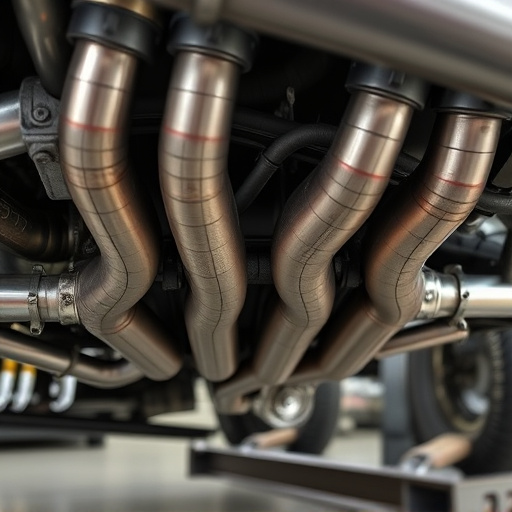
When it comes to simple car suspension problems, having a basic troubleshooting guide can save you time and money. Before diving into more complex repairs, check the following common issues that could be affecting your vehicle’s ride quality:
1. Worn Out Shock Absorbers or Struts: These are critical components of your car suspension system. If they’re leaking fluid or showing signs of damage, they need to be replaced. Many of these parts can be checked and replaced as DIY projects using basic tools and readily available replacement parts. Remember, poorly maintained shock absorbers can lead to reduced handling, increased body roll, and a bumpy ride.
2. Loose or Broken Suspension Components: Regularly inspect your vehicle’s suspension for any loose or missing bolts and nuts. These fastenings can come loose due to normal wear and tear or the result of a collision. Replacing broken suspension components such as control arms, ball joints, or bushings is essential for maintaining proper alignment and vehicle stability. This might require specialized tools, so consider consulting a guide specific to your car model if you plan to tackle this yourself.
Additionally, keep an eye on other performance exhaust and suspension components that contribute to overall vehicle performance. Regular maintenance can help prevent more serious problems down the line. If you’re unsure about any aspect of the process, don’t hesitate to consult a professional mechanic for guidance.
Whether you’re a beginner or an experienced driver, understanding and troubleshooting your car’s suspension system is essential for maintaining optimal vehicle performance. By familiarizing yourself with the basic components and functions of this critical system, you can more effectively identify common issues like uneven tire wear, shaky handling, or bouncy rides. With our guide’s practical tips and DIY solutions, you’ll gain the knowledge to navigate simple suspension problems, enhancing your car care capabilities and ensuring a smoother, safer drive.









